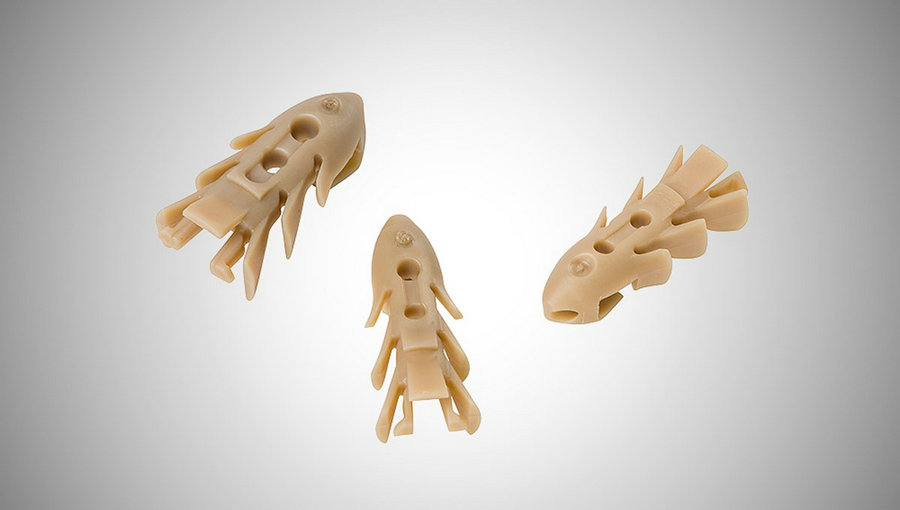
Traditional metal materials for hard tissue implants
Traditional metal materials for hard tissue implants, such as stainless steel, titanium, and their alloys, are widely used in the field of hard tissue repair and replacement due to their excellent properties, including high mechanical strength, good biocompatibility, and fatigue resistance. However, the elastic modulus of these traditional metal implant materials is far higher than that of bone tissue, making it difficult to form a reasonable gradient of strength. When patients experience specific external forces, surrounding normal organs may be damaged, leading to implant failure, which is referred to as the "stress shielding" effect.
Moreover, metal implants can release harmful metal ions, causing bone dissolution or forming allergens. Additionally, metal implants are incompatible with commonly used imaging technologies, such as MRI and CT scans, making it difficult to monitor bone growth and healing. The chemical structure of thermoplastic engineering plastic PEEK gives it excellent mechanical properties, good biocompatibility, chemical resistance, ease of processing, and the ability to be repeatedly sterilized. Since the 1980s, PEEK has attracted increasing attention from materials scientists and orthopedic researchers, showing potential as a replacement for metal materials in the field of hard tissue repair and replacement.
Advantages of PEEK over Metal Implants
Compared to metal implants, PEEK has two significant advantages:
Elastic modulus: The elastic modulus of PEEK is close to that of cortical bone, especially carbon fiber-reinforced PEEK, which more closely matches the elastic modulus of cortical bone. This proximity or match in elastic modulus reduces or eliminates the stress shielding effect to some extent, promoting bone integration between the implant and bone tissue, and ensuring the long-term stability of the PEEK implant.
Imaging compatibility: PEEK is radiolucent and does not create artifacts during X-ray, CT, or MRI scans, making it easier to monitor the process of bone growth and healing. In addition, PEEK has good biocompatibility, wear resistance, fatigue resistance, corrosion resistance, and is lightweight compared to metal materials. These advantages make PEEK widely used in trauma, spine, and joint applications.
Compared with stainless steel, titanium alloys, and ultra-high molecular weight polyethylene implants, PEEK and its composites exhibit good wear resistance, effectively preventing inflammation and bone dissolution caused by wear particles around the implant. Therefore, polyether ether ketone is considered one of the candidate materials for replacing traditional implants in orthopedic applications.

Disadvantages of PEEK in Orthopedic Implants
PEEK has relatively low surface energy due to its hydrophobic surface, limiting cell adhesion. This bio-inertness results in poor bone integration between PEEK implants and host bone tissue, leading to complications such as implant displacement, cage subsidence, or pseudoarthrosis, which have caused unsatisfactory results in both in vitro and clinical studies.
An ideal PEEK surface should support cell adhesion, proliferation, osteoblast differentiation, and promote the mineralization of the PEEK implant surface to achieve substantial bone fusion.
To create an ideal PEEK surface, researchers have developed a series of PEEK and its composites through methods such as bioactive ceramic filling, fiber reinforcement, and PEEK porosity modification. The ultimate goal is to create an implant material that maintains the function of vascularization and nutrient transport while providing sufficient mechanical strength and wear resistance. However, balancing all these factors remains a challenge in current research.